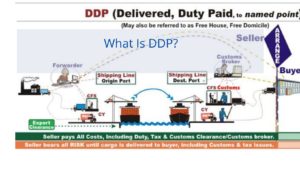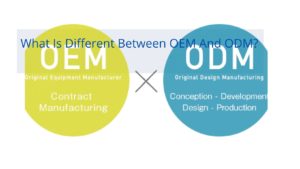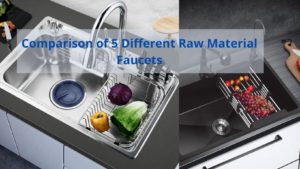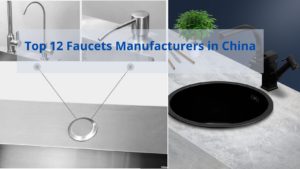Selecting suppliers to build strategic partnerships, manage related risks, and develop dynamic supplier evaluation systems are common concerns among Chinese buyers. With procurement accounting for an increasing proportion of sales revenue, procurement is becoming a critical factor in determining electronics manufacturers’ success. Supplier evaluation and selection, as the basis and prerequisite for the supply chain’s regular operation, is becoming the hottest topic among enterprises.
There are several criteria for selecting suppliers, which can be divided into short-term and long-term measures based on time. When determining the criteria for selecting suppliers, it is essential to consider both short term and long-term criteria, combine the two to make the selection criteria more comprehensive, and then use the criteria to evaluate and ultimately find the ideal supplier.
Short-term criteria
The short term criteria for selecting suppliers are the suitable quality of goods, low price level, timely delivery, and overall good service level.
Appropriate quality of goods
The quality of the purchased goods meets the purchasing unit’s requirements is the first condition to be considered when the purchasing department purchases goods. For poor quality, the low price of goods, although the procurement cost is low, will increase the total cost of enterprises. This is because products of substandard quality tend to affect the continuity of production and the quality of finished products when they are put into use by the enterprise. These will eventually be reflected in the total cost.
On the contrary, high quality does not mean that the procured items are suitable for use in the enterprise’s production. If the quality is too high, far exceeding the production rate, it is also a waste for the enterprise. Therefore, it is wrong to demand too much or too little quality in procurement to meet the enterprise’s production needs.
Lower cost
Costs include the purchase price and all expenses incurred in the use of raw materials or parts. A low purchase price is an essential criterion for selecting a supplier. However, the supplier with the lowest price may not always be the most suitable because if the product’s quality, the delivery time, or the transportation cost is too far away, the total cost will increase. Hence, the lowest total price is the most crucial factor to consider when choosing a supplier.
Timely delivery
The supplier’s ability to organize the supply according to the agreed deadline and delivery conditions directly affects the continuity of production. Hence, delivery time is one of the factors to be considered when choosing a supplier.
When considering delivery times, companies need to pay attention to two aspects: one is to reduce the amount of inventory used in the production of parts and components, thus reducing the amount of stock accounted for funds and other inventory-related costs.
The second is to reduce the risk of material stoppage, to ensure the continuity of production. Combined with these two aspects of content, the requirements’ timely delivery should be so: when the user needs, when the delivery, not late, and not early, very punctual.
The overall service level is good.
The supplier’s overall service level refers to the ability and attitude of the supplier to match the buyer’s internal operations. The leading indicators for evaluating the general service level of a supplier are as follows. If the purchasers do not have a good understanding of how to use the products, suppliers are responsible for training the purchasers to use the products they sell.
The working condition of the supplier’s training before and after the product’s sale will also greatly influence the purchaser’s choice of supplier.
Installation services.
With installation services, purchasers can shorten the time it takes to get equipment into production or operation—maintenance services. Free maintenance protects the buyer’s interests and places a higher quality requirement on the supplier’s products. The supplier will then find ways to improve the work quality and avoid or reduce the occurrence of free repairs.
Technical support services: If suppliers provide buyers with appropriate technical support, they can solve buyers’ problems and sell their products at the same time. For example, in the information age, products are updated very fast, and suppliers provide free or paid technical support such as upgrade services to buyers have a great attraction. The competitiveness of the supplier reflects.
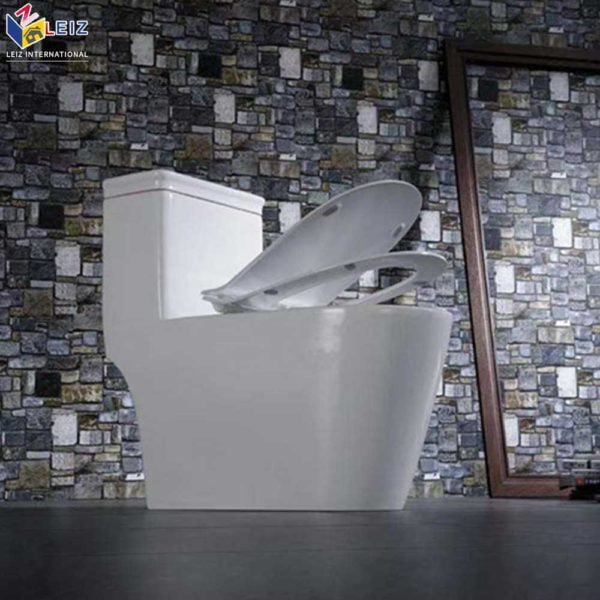
Long-term standards
The long-term criteria for selecting suppliers mainly lies in evaluating whether the suppliers can guarantee long-term and stable supply, whether their production capacity can be relatively expanded in line with the company’s growth, whether the future development direction of their products can meet the company’s needs, and whether they are willing to cooperate with the company for an extended period. Long-term criteria for selecting suppliers include the following four aspects: Whether the supplier’s internal organization is well developed.
The internal organization of suppliers is related to the efficiency of future supplier supply and service quality. If the supplier’s organization is disorganized, the efficiency and quality of procurement will be reduced. Even the supply activities will not be completed in a timely and high-quality manner due to mutual conflicts between supplier departments.
The soundness of supplier quality management system
One of the essential aspects of the purchaser’s evaluation of whether the supplier meets the requirements is to see whether the supplier adopts the appropriate quality system, quality, and management such as whether the IS09000 quality system certification, the internal staff by the quality system to complete the work, the quality level is up to the internationally recognized requirements of IS09000.
Suppliers of internal machinery and equipment are advanced and how the maintenance of the situation from the supplier of machinery and equipment from the old and new degree of care can be seen on the management of the production machine, the importance of product quality, as well as the internal management of good or bad. If the machines and equipment in the workshop are old and dusty, it is hard to imagine that they can produce qualified products. The financial stability of the supplier
The supplier’s financial situation directly affects its delivery and performance; if the supplier’s economic problems, turnover is not good, it will affect the supply and then affect the enterprise production or even a severe downtime crisis.

How to choose suppliers
Admittedly, there are a dizzying array of suppliers on the market, and what if you don’t know how to choose one, with each one claiming that their products are authentic and cheap? Here we suggest that you consider the following.
QUALIFICATIONS RELIABLE: Suppliers should provide legitimate business credentials. Otherwise, your business activities may be lurking dangerously and easily duped. On the Internet often, some people claim to have cheap imported brand-name products. The price is so low that almost everyone is tempted to leave only a Cq number or mobile phone number; every good people are a fraud!
Regional advantages: Hong Kong and Macao for the international free port, foreign products into Hong Kong, and Macao for zero tariffs, so Hong Kong and Macao will become a distribution center for imported products. Close to Hong Kong and Macao, it is easy to establish close business contacts. Hong Kong and Macao and the Pearl River Delta region have frequent personnel exchanges, and economic and trade relations are very close, product information fast and direct. Complete certificate: the state of imported cosmetics and other beauty and health products have the relevant licensing system, can not issue the appropriate certificate, can not enter the mall, national laws and regulations, fines will seize the business sector! At the same time, it is difficult for customers to trust such products from unknown sources.

Price advantage: the fundamental factor that makes counterfeit and shoddy products marketable is their attractive price. Brand-name products are sold through very standardized channels, through Asian agents, Chinese agents, and domestic agents, including transportation costs and tariffs, its price can not be very low. Price is an essential factor in the choice, but we should have a precept in mind: never choose counterfeit products! The reason why fake and shoddy products can be sold is precise because people are greedy for cheap and lose the mentality of calm analysis, with an attractive “price” to invite you into the urn! The consumer group of brand-name products is the high-income, fashionable people; they are more concerned about the quality and effect, not just the price; just imagine: if they are cheap, aren’t their cosmetics in all the small shops on the street, for this kind of people, more emphasis on taste and class!
Support and service: strict regional agent protection policy, sound sales training system, strong media advertising support, the perfect after-sales service system is the agent must focus on factors to consider, especially on the state of the industry, sales techniques, management is not yet familiar with the agent, with this support, the market expansion will be relatively smooth, the risk will be relatively small. Instead of whoever buys and sells to her, regardless of whether the local competition has been very fierce, as for the agents how to open up the market, how to do publicity, how to persuade customers, how to develop a pricing strategy is nobody’s business, agents have to find their way, inevitably take a detour, a waste of time and money.
Evaluating suppliers is the disciplined scientific evaluation of suppliers based on carefully established quality and delivery standards.
Selecting a supplier ensures on-time delivery with the requirement that the supplier can consistently meet pre-determined quality standards. Evaluating suppliers is the disciplined scientific evaluation of suppliers based on carefully defined quality and delivery criteria. A supplier selection and evaluation system ideally is one where supplier performance measurement is a continuous process. The results are fed back to management on both the supply and demand side to identify and implement continuous improvement opportunities.

Managing suppliers
Looking at the booming domestic and foreign companies in selecting supplier surveys and assessment practices, it is easy to see that they are basically according to the following operating procedures to strengthen the management of their suppliers.
First of all, the supplier’s “quality assurance system preliminary investigation” mainly includes its system’s integrity, effectiveness, and degree of employee involvement. There is no sound quality control department, quality control personnel’s duties are exact, there are no complete and detailed quality assessment records, whether regular quality assessment work, quality control personnel are strictly trained, and whether actively involved in the assessment work, and so on.
Then the investigation and evaluation of its production, development, and other comprehensive capabilities, including mainly on the supplier’s ability to manage on-site production, design and development capabilities, production process technology innovation capabilities, the ability to control non-conforming products and its procurement, storage, and transportation management capabilities and other projects. For example.
Whether the production site carries out self-inspection, first inspection, mutual inspection, and inspection.
(a) The existence of simple and effective operating instructions or protocols for the main processes.
Availability of well-documented and sealed samples demonstrating the ability to design and develop products independently or in collaboration.
The availability of dedicated technical personnel to analyze and improve their production processes and procedures (e.g., to produce more effective splints).
Whether non-conforming products are identified, segregated, recorded, evaluated, and processed promptly, whether the procurement of materials is managed according to the ABC classification.
Whether targeted reviews of its various suppliers are regularly conducted and documented.
Whether there is a strict incoming inspection control system.
Due diligence of inspectors and precision of calibration equipment.
:: Whether inventory counts are performed periodically and whether the accounts and transactions are reconciled.
Whether the storage is neat and orderly; whether the transportation is on time and quality.
Finally, regular assessment and review of suppliers, mainly in accordance with the changes in market demand, in terms of price, quality, delivery, coordination, and other aspects of a qualitative and quantitative assessment of suppliers, of which the more critical indicators are: return rate and late rate. In order to establish a long-term win-win partnership with qualified suppliers, it is sometimes necessary to conduct regular or unscheduled monitoring visits to the supplier’s suppliers (which, of course, require the supplier’s company) or to set up monitoring points to supervise and control critical or unique processes. Interviews with suppliers

The assessment method of suppliers, generally on price, quality, delivery, coordination, and other major assessment indicators to allocate points, such as price accounted for 40 percent, rate accounted for 30 percent, delivery accounted for 20 percent, coordination accounted for 10 percent.
According to the highest market price, lowest price, average price, and self-estimation, the standard price corresponds to 20 points, every 1% higher than the usual price, deduct 2 points, every lower than the stock price of 1%, plus 2 points. If the same supplier supplies several kinds of materials, it is calculated on average.
The quantitative quality calculation is mainly based on the return rate, the average pass rate, the total pass rate to calculate, the score = 30 points x (1 – return rate). Return rate = a number of batches returned / a total number of collections delivered. Delivery quantification is calculated mainly by overdue rate, score = 20 points x (1 – due rate). Great rate = number of outstanding batches/number of delivery batches. In addition, one point is deducted for one day unpaid, and two points are deducted for one day due to causing a production stoppage.
Coordination is a qualitative indicator of the degree of supplier cooperation, flexibility, and ability to co-develop technology. The scoring criteria vary from company to company. For example, 3 points may be deducted for problems and lack of cooperation.
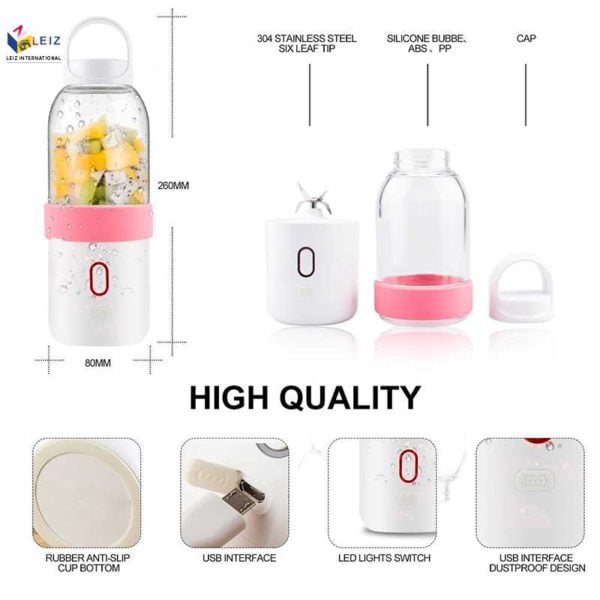
Finally, a score of 85-100 points can be considered an A-grade supplier, excellent; a score of 75-84 points can be viewed as a B-grade supplier, qualified; a score of 60-74 points can be regarded as to be in a C-grade supplier, requiring further training and coaching; a score of 60 The following are D-rated suppliers, unqualified suppliers, and should be eliminated from the game. Win-win with suppliers is to establish long-term friendly, mutually beneficial partnership with suppliers, in a way, is to focus on the entire supply chain up, not just the costs and benefits of the internal view of their own, and sometimes have to temporarily forget about self, stand in a more objective perspective to patiently understand the supplier, rather than imposing their own views on the supplier.
Such as the table on the right is designed to a supplier questionnaire, after hundreds of enterprises (including the world’s top 500, well-known listed companies, state-owned, private, and private enterprises) after the use of good results. The questionnaire has a score of 100 out of 100, with a total score of 60 points or less for unqualified suppliers, 60 points-74 points for qualified suppliers, 75 points-84 points for excellent suppliers, and 85 points-100 points for outstanding suppliers.




